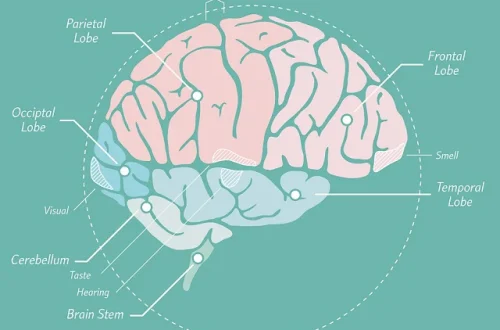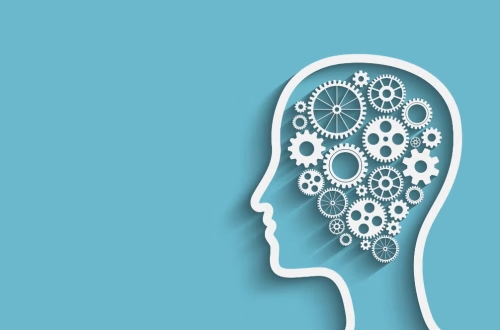The Internet of Things (IoT) is the invisible network that connects the physical and digital worlds, and it is the bedrock upon which smart cities are being built. A smart city leverages IoT devices—sensors, cameras, and other connected hardware—to collect and analyze data, leading to more efficient and sustainable urban environments.
These interconnected devices are the eyes and ears of the city, providing real-time information that can be used to optimize a wide range of public services. Intelligent traffic management systems can adjust signal timings to alleviate congestion, while smart waste management solutions can optimize collection routes, saving time and resources. In the realm of public safety, a network of sensors can detect everything from gunshots to environmental hazards, enabling faster and more effective emergency responses.
The implementation of IoT in urban environments represents a fundamental shift in how cities are managed and operated. Traditional city management relied on periodic data collection and reactive responses to problems. Smart city infrastructure enables continuous monitoring and proactive intervention, fundamentally changing the relationship between municipal governments and their constituents. This transformation requires significant investment in both technology and human capital, as city employees must be trained to interpret and act on the continuous stream of data generated by IoT devices.
Transportation systems have been among the most visible beneficiaries of IoT implementation in smart cities. Connected traffic lights can communicate with each other and with vehicles to optimize traffic flow, reducing both travel times and emissions. Real-time public transportation tracking allows commuters to plan their journeys more effectively, while predictive maintenance systems ensure that infrastructure remains in good condition. The integration of various transportation modes through IoT platforms creates seamless mobility experiences that encourage the use of public and shared transportation over private vehicles.
Energy infrastructure in smart cities leverages IoT to create more efficient and resilient power grids. Smart meters provide detailed consumption data that helps utilities optimize distribution and enables consumers to better understand and manage their energy usage. Distributed energy resources, such as solar panels and battery storage systems, can be coordinated through IoT platforms to create more flexible and sustainable energy networks. The ability to monitor and control energy flows in real-time allows for better integration of renewable energy sources and more effective demand response programs.
Water management systems benefit significantly from IoT implementation, with sensors monitoring water quality, detecting leaks, and optimizing distribution. Smart irrigation systems can adjust watering schedules based on weather conditions and soil moisture levels, conserving water while maintaining healthy landscapes. The integration of water management systems with weather prediction models enables proactive responses to both drought and flood conditions, protecting both infrastructure and communities.
Public safety applications of IoT in smart cities extend far beyond traditional security systems. Environmental monitoring networks can detect air quality issues, chemical leaks, and other hazards that threaten public health. Emergency response systems can automatically alert first responders to incidents and provide them with real-time information about conditions at the scene. The integration of various sensor networks creates a comprehensive picture of city conditions that enables more effective resource allocation and faster response times.
While the implementation of such large-scale IoT networks presents significant challenges in terms of security and data privacy, the vision of a future smart city—one that is more responsive, sustainable, and livable for all its citizens—is a powerful motivator for continued innovation. The complexity of managing vast networks of interconnected devices requires robust cybersecurity measures and careful attention to data governance. Citizens must trust that their personal information is protected and that the benefits of data collection outweigh the risks.
The future development of smart cities will likely focus on creating more integrated and interoperable systems that can share data and coordinate actions across different domains. The development of common standards and protocols will be crucial for enabling this integration while maintaining security and privacy. Citizen engagement in the development and deployment of smart city technologies will become increasingly important as these systems become more pervasive in daily life. The ultimate goal is to create urban environments that enhance quality of life for all residents while minimizing environmental impact and maximizing efficiency.





